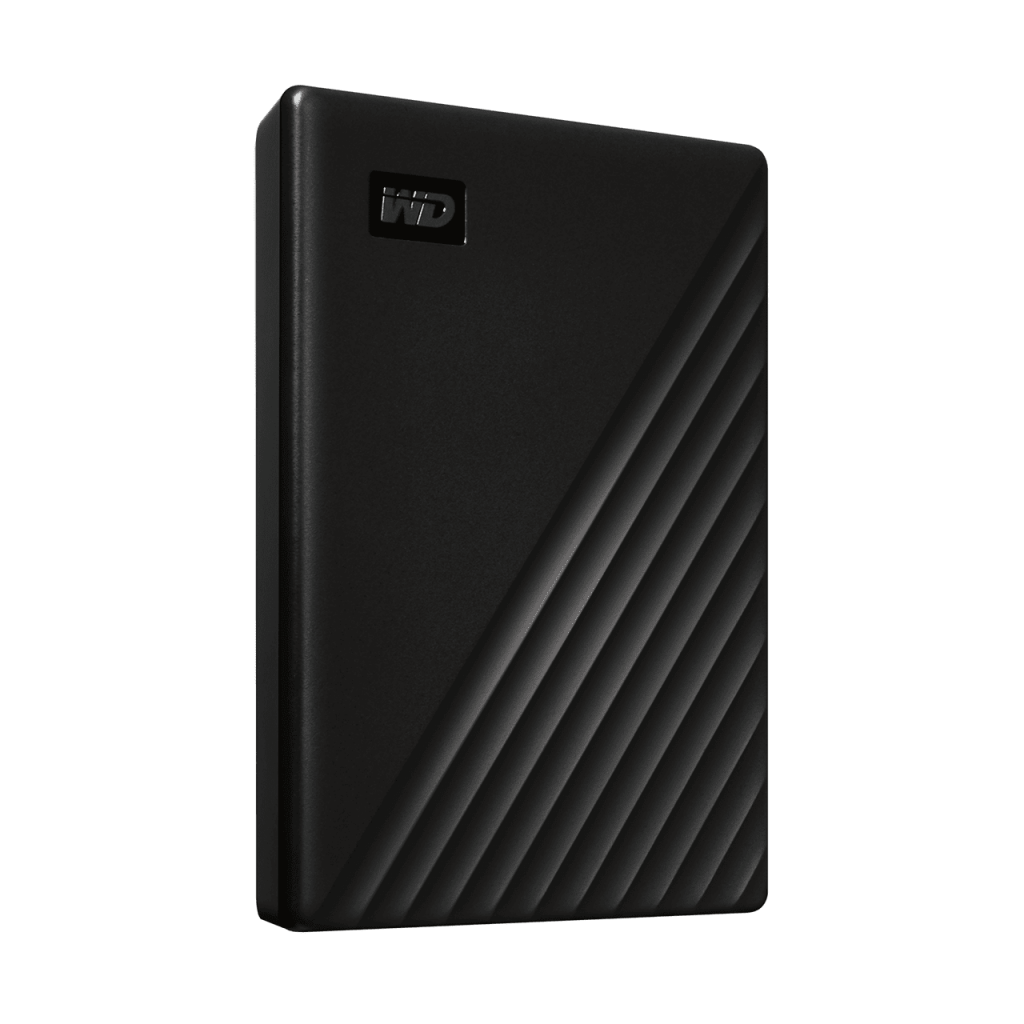

Given that SSDs don’t have to be very big, Samsung has made the T5 tiny, and it will easily fit in the palm of your hand (74x57x10.5mm).

Samsung’s well-known for its super-fast internal SSDs, but the T5 shows that it can turn out lightning-fast external hard drives, too. Available in 250GB, 500GB, 1TB and 2TB capacities.The random read and write tests gives a more realistic approach to backing up or copying smaller files, as you may do in real-world usage. Sequential read and write routines test the raw throughput of the drive, which you would see if you were copying large files to and from a drive. We use the ATTO Disk Benchmark and CrystalDiskMark benchmarks to test the throughput of each drive, using a variety of file sizes. For example, plug a USB 3.1 Gen 2 device into a USB 2.0 port and you’ll see throughputs of 480Mbps only. The only downside is that you only get the throughput speed of the lowest-rated USB port. Don’t worry, as USB is backwards compatible, all the way down to USB 2.0. To make the most of a drive, you need to plug it into the same type port on a computer. You may find that USB 3.1 Gen 2 devices comes with a USB Type-C connector cable, although an adaptor will be provided in the box so that you can use the old USB Type A connector, which is typically found on the back of your computer. Typically, hard disks can use the USB 3.0 speeds, but SSD external hard drives benefit from the faster USB 3.1 Gen 2 speeds. Newer drives will support USB 3.1 Gen 2, which allows for 10Gbps.ĭon’t be fooled by the speed of the USB interface, as the actual transfer speeds differ between devices. Both standards allow for a maximum throughput of 5Gbps. All modern drives will have USB 3.0 support or USB 3.1 Gen 1 support. Which interface should you go for?Įxternal hard drives are rated by the speed of their interface. The main downside is that you pay a lot more per gigabyte, so you’re likely to end up with less disk space overall. And, because solid-state storage takes up less room than mechanical platters, these types of external hard drive can often be smaller, too. They’re more expensive than their mechanical counterparts, but they’re faster and more robust. SSD-based external hard drives have solid state storage in them. The downside is that mechanical hard disks are quite slow and they’re not as rugged. The basic choice you have to make is hard disk or SSD? Traditional hard disks are a lot cheaper per gigabyte, so make sense if you need a load of storage and don’t want to pay a fortune for it. What type of external hard drive do you need? You’ve now got a huge choice of disk, depending on the capacity you need and speed you require. The good news is that external hard drives have moved on a lot since the early days. And, even if you’re not copying files between computers, an external hard disk makes it easy to store backups of important files or have access to the data you need on the move.
External usb backup drive windows#
Even if it's working, the drive might not appear in File Explorer if it lacks a volume that Windows can identify.What’s the best external hard drive? We test nine popular USB models from big manufacturers to see how they stack up.ĭespite fast internet connections and cheap cloud storage plans, an external hard disk is still often the easiest way to transfer lots of files.
External usb backup drive Pc#
When you try another machine, don't only check This PC be sure to check whether it appears in the computer's Disk Management window, as discussed above. If the drive doesn't work on any computer you plug it into, the drive itself is likely dead and you'll need to replace it. If you have another computer nearby, try plugging the external disk into that to check whether it's detected. What if the drive doesn't show up in Disk Management even after trying both of these steps? It's tough to know for certain whether the drive is bad or your computer is having a problem. Some USB hubs won't provide enough power for an external drive to function. If you've plugged the drive into a USB hub, try connecting it directly to the computer instead.
External usb backup drive how to#
See how to diagnose and fix dead USB ports if you suspect this. Should it work in one USB port but not another, you may have a dead USB port. Unplug the drive from its current slot and try plugging it into another USB port on your computer.


 0 kommentar(er)
0 kommentar(er)
